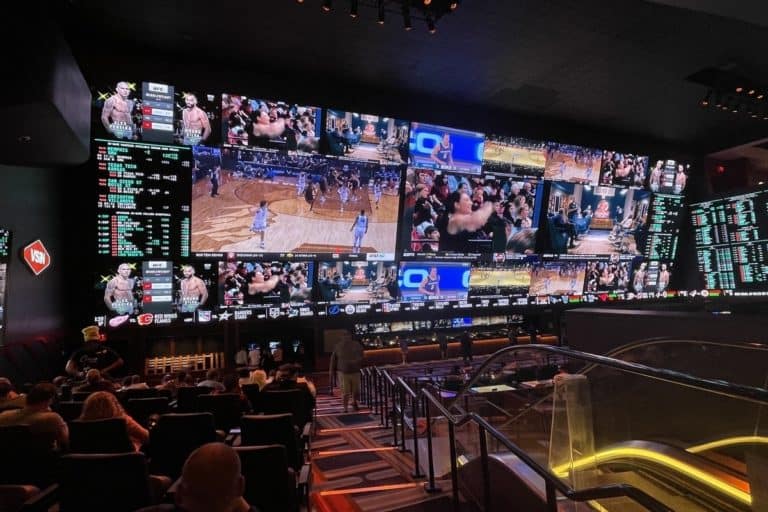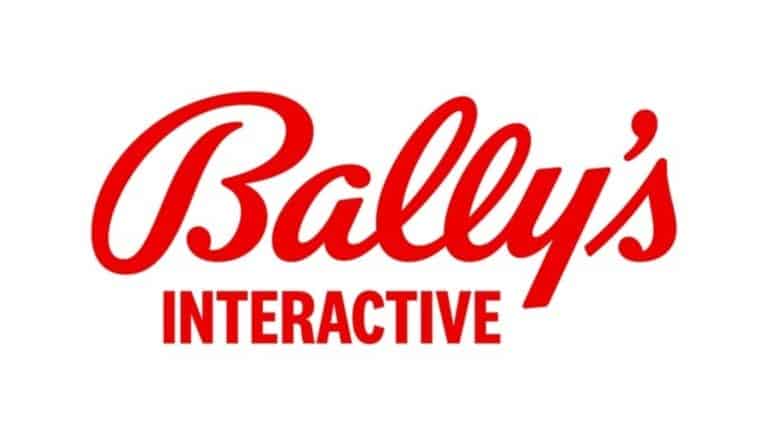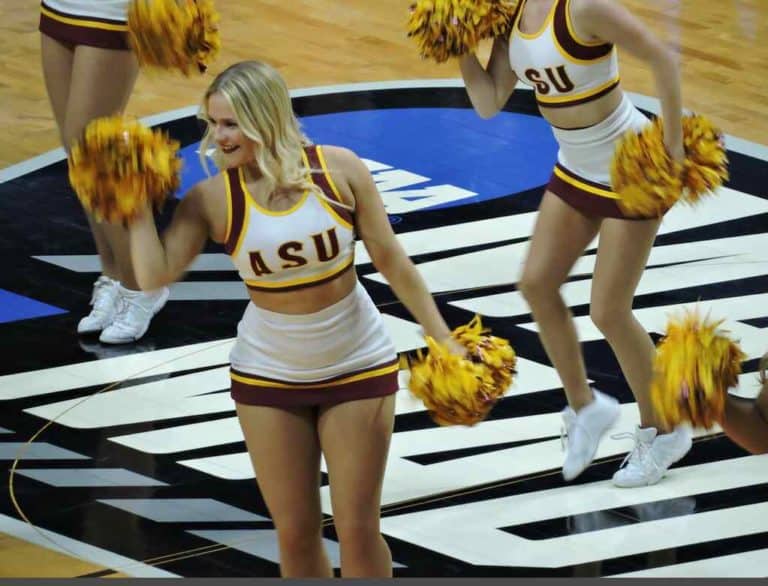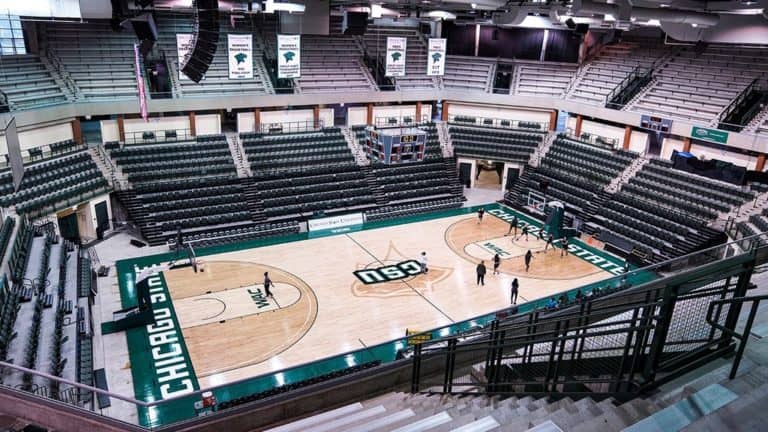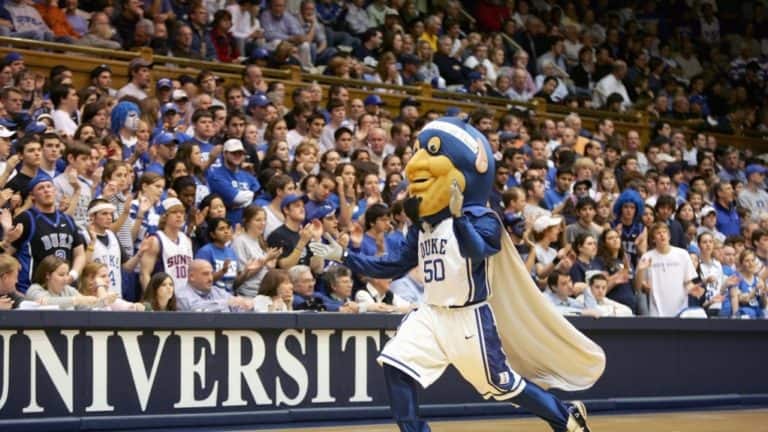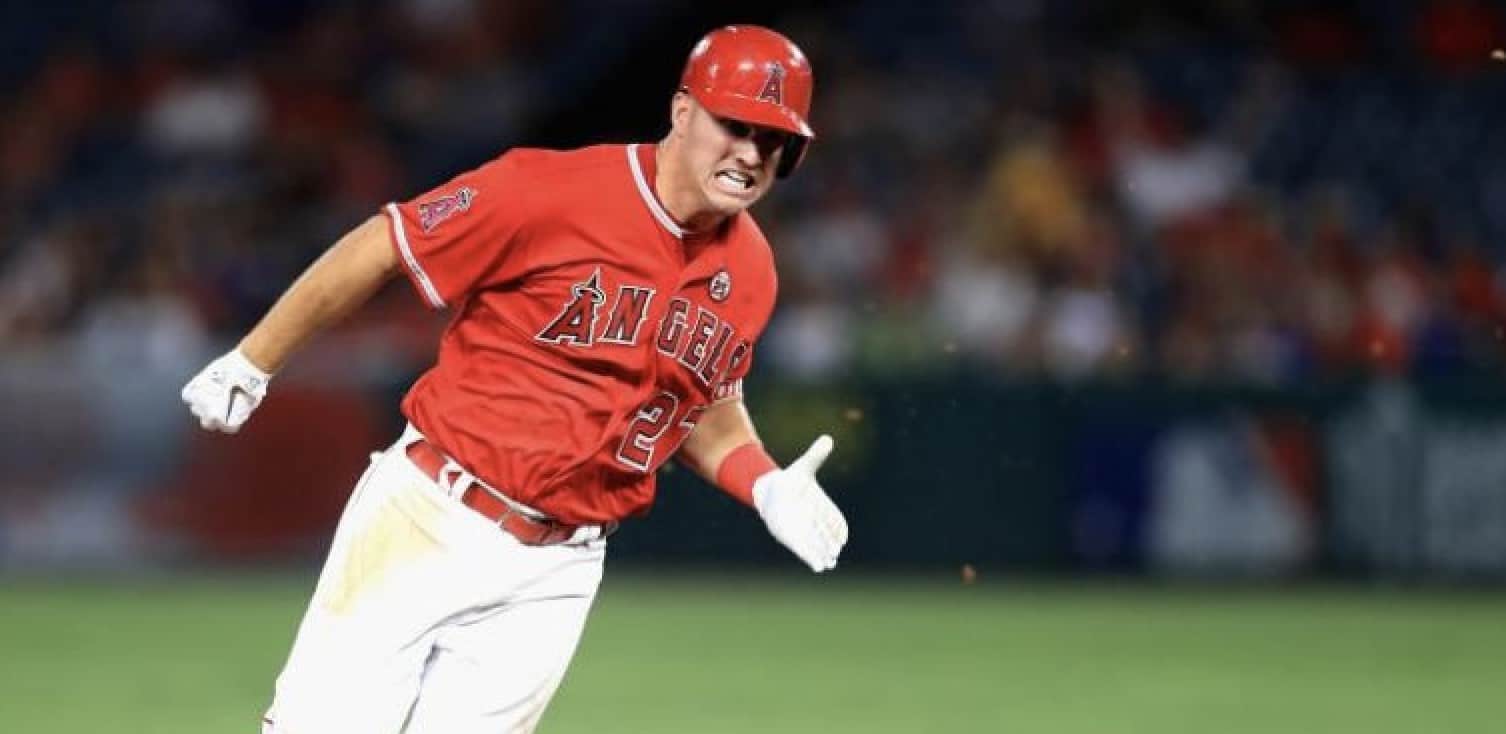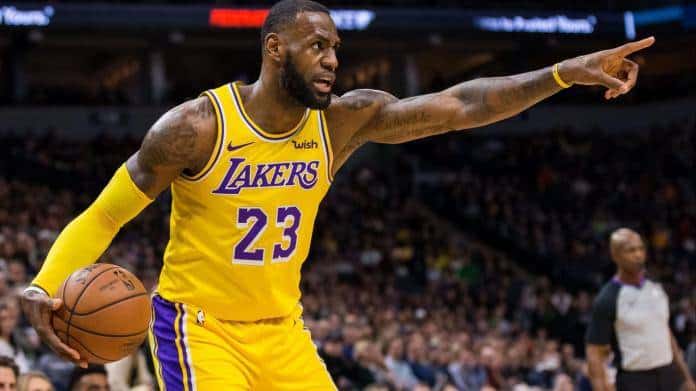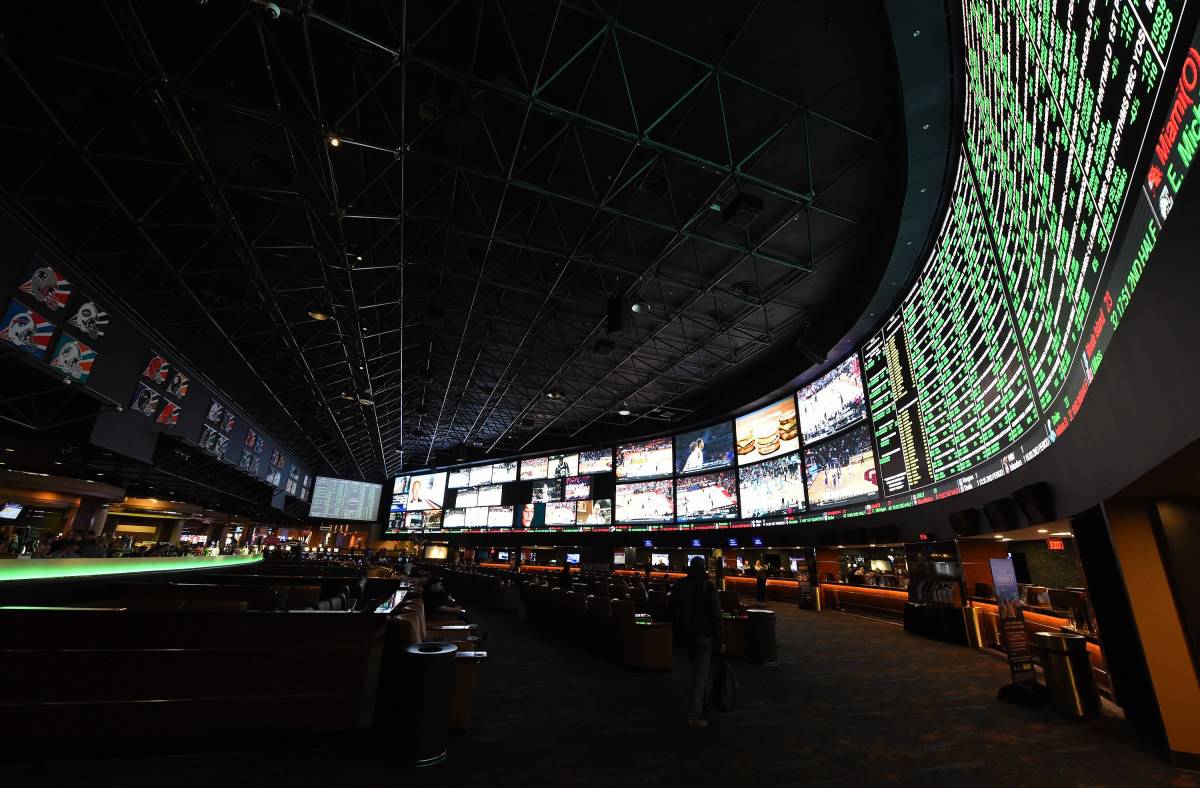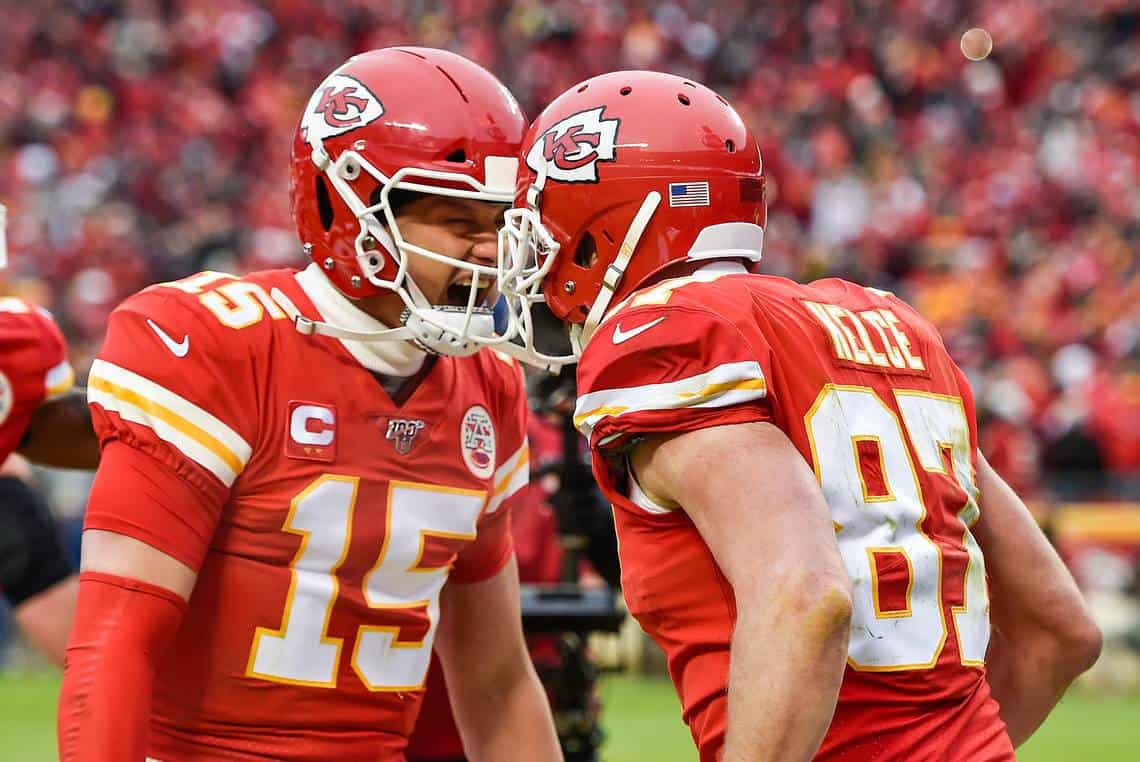NCAAB Betting

 BetOnline
BetOnline
Bonus
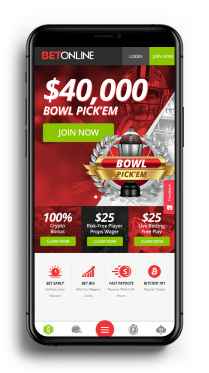
NCAAB Betting News
COLLEGE BASKETBALL BETTING
- Introduction To College Basketball Betting
- The NCAA Basketball Tournament and ‘March Madness’
- Types of College Basketball Bets
- Pointspread Bets
- Totals Bets
- Moneyline Bets
- Alternate Side And Totals Bets
- College Basketball Handicapping Concepts
- Power Ratings and Statistics
- Consider Becoming a ‘specialist’
- Pointspread Performance
- Home/Away Performance
- Injuries
- Scheduling
- Public Perception
Introduction to NBA Basketball Betting
College football is the most popular sport at American universities and among fans, but college basketball is closing the gap. At many schools, in fact, basketball is much more important than football. Competitive basketball at the collegiate level dates back to the late 1800s. But what was a loosely organized 'club sport' then is today a huge revenue driver for colleges bringing in millions of dollars. It’s also an extremely popular betting sport. NBA and college basketball is behind NFL and college football in terms of betting handle but still represents a very significant part of sports book revenues. College basketball does have the NCAA tournament aka ‘March Madness’. This is significant as it is the biggest betting event of the year at North American facing sportsbooks. The Super Bowl is a bigger single day event but the first weekend of ‘March Madness’ brings in more total betting revenue.
College basketball goes all the way back to the beginning of the sport itself. James Naismith was a physical education instructor at a YMCA International Training School located in Springfield, Massachusetts that would later be known as Springfield College. Naismith’s challenge was to keep his track and field athletes in shape during the snowy New England winters. His thinking was that a sound off season conditioning activity would help prevent injury during the track and field season. There’s some debate as to the specific nature of the game Naismith ‘invented’ but the date of the first formal game at his school is accepted to be in December 1891.
The game caught on, and college basketball began at other schools as early as 1893. You have to go down South to find the first college basketball team to compete against an outside opponent—that would be Vanderbilt University in Nashville, Tennessee who played against the local YMCA in February of 1893. That was followed several months later with what is now accepted to be the second recorded organized college basketball game where Geneva College beat the New Brighton YMCA in Beaver Falls, Pennsylvania in April, 1893.
Two years later, the first recorded game between two college teams took place on February 9, 1895. Hamline University played Minnesota A&M under bizarre rules that allowed nine players per side. A year later, the first college game using the modern ‘5 on 5’ format was played between the University of Chicago and the University of Iowa. There is some dispute to this with an alternate theory placing the first ‘five on five’ game in 1897 between Yale and Penn. In any case, the game continued to grow and by 1900 it was being played at colleges across the country.
With basketball being played at a number of colleges nationwide the next obvious step was a tournament to determine which of these squads was the best. The Amateur Athletic Union (AAU) began a tournament in 1898 which frequently featured college teams playing against non-college opponents. Four college teams have won the AAU tournament—Utah (1916), New York University (1920), Butler (1924) and Washburn (1925)--with college teams earning runner up status on six other occasions.
The first tournament that involved only college teams was contested in 1904 at the Summer Olympics where basketball was a ‘demonstration sport’. It would be nearly two decades before the first postseason tournament exclusively for college teams would take place. The National Intercollegiate Basketball Tournament was held in 1922 in Indianapolis but was a ‘one off’ event. The now common practice of having a regularly scheduled tournament began in 1937 with the NAIA tournament though the first to really catch on with the public was the National Invitation Tournament (NIT) which began in 1938 and continues to this day.
The NCAA Basketball Tournament and ‘March Madness’
In 1939, the National Collegiate Athletic Association (NCAA) held its first basketball tournament. From the outset, it began the practice of holding the event at different locations every year and within a few years started to use multiple locations during each tournament. The thinking was to give fans an opportunity to see tournament action without having to travel to New York where the NIT was held. It would be a number of years before the NCAA tournament would surpass the NIT in terms of popularity or prestige. In 1950, the City College of New York Beavers became the only team to win both the NCAA and NIT tournaments in the same year. This resulted in the NCAA ruling that no team could compete in both tournaments.
The NCAA tournament would finally earn undisputed supremacy in the 1960’s aided in large part by the dominance of John Wooden’s UCLA Bruins. The size of the tournament field also began to grow from 25 in the late 1960s to 32 in 1975. The field would grow to 48 in the early 1980s and grow to 64 in 1985. It would stay at 64 for the next 15 years after which the NCAA would increase it very incrementally through ‘play in games’ that grew the field to 65 in 2001 and to 68 in 2011. Television coverage also increased over time. Until 1981, not all games were broadcast particularly in the early rounds. Today, viewers have a variety of options for viewing every tournament game on television or online.
It’s more difficult to pinpoint when the first weekend of the NCAA tournament became one of the biggest tourist and betting events at Las Vegas sportsbooks. Even through the 1990s, it wasn’t hard to get a hotel room at the last minute during ‘March Madness’. Sportsbooks were busy but not overwhelmingly so. Today, it’s one of the toughest times of the year to find accommodations in ‘Sin City’ and sportsbooks are all but overwhelmed with bettors.
Types of College Basketball Bets
Pointspread Bets
Just like football and the NBA, college basketball games are primarily bet using a pointspread. The pointspread was first implemented for football in the middle of the twentieth century and was quickly co-opted for basketball betting. On a superficial level, college basketball pointspreads are identical to those in any other sport. Here’s a game from the 2017-2018 season:
- JOSEPH’S +7’
- JOHN’S -7’
In this example, St. John’s is a 7.5 point favorite at home over St. Joseph. If you bet on St. John’s, they must win the game by 8 points or more to cash your bet. If you bet on St. Joe’s, they must lose by 7 or less OR win the game outright for your bet to be victorious.
Here’s another college basketball pointspread that we’ll use to illustrate another concept:
BRADLEY +4
SE MISSOURI STATE -4
In this instance, there’s not a half point involved in the pointspread. Should the Southeast Missouri win by exactly 4 points, it is a tie for betting purposes which is typically referred to as a ‘push’. In this event of a ‘push’ on the pointspread, all bets on both sides are refunded.
Half points in point spreads are sometimes designated by an apostrophe (‘) as in the example above. Some sportsbooks will use a decimal point such as 7.5 or 203.5 to signify the half point. In sports gambling ‘shorthand’ the minus sign (-) in front of the number indicates the favorite. You’ll also see numbers with a plus sign (+) which indicates the underdog. So in the example above, St. Joseph’s University is a +7’ (or +7.5) underdog. Although you’ll still see the apostrophe used the trend is toward the use of the decimal designation. It’s easier to represent online and provides more clarity for bookmakers and players alike.
The sportsbook makes money by charging a commission on losing bets. This commission is known as the ‘vigorish’, also referred to as the ‘vig’ or ‘juice’. In most cases, the player must lay 11/10 on side and total bets—often referred to as ‘straight bets’—which translates in monetary terms to laying $110 to win $100. After the game, the sportsbook pays the winners and returns the money they’ve staked. Theoretically, the idea is to have an equal amount of money on each team which leaves the bookmaker with the ‘vig’ as his profit after winning bets are paid.
Totals Bets
Let’s go back to the first college hoops game we used as an example to explain totals bets also known as ‘over/under bets’. If you walked into a sportsbook in Las Vegas you’d see something like this on the betting board:
- JOSEPH’S 147
- JOHN’S -7’
In North American facing books, it’s a convention to list the home team on the bottom. Elsewhere in the world you’ll find a variety of ways in which games and bets or listed but North American based players are more likely than not to find games listed as above.
The larger number at the top is the total on the game, also referred to as the ‘over/under’. In this instance, the total is 147 points. A bettor can choose to play the ‘over’ or the ‘under’, which refers to the combined score of both teams. If you play the ‘over’, the combined score in this case must be 148 points or more to win your bet. If you play the ‘under’, the opposite is the case and a total combined score of 146 or less is a winner. As with pointspreads, if the final score of the game lands right on the total the bet is a ‘push’ and all bets returned.
Moneyline Bets
Most pointspread sports give players the opportunity to bet games on the moneyline. Basically, this is just a different way to express odds on a betting proposition. Unlike a pointspread wager, a moneyline underdog must win the game outright for the bet to be a winner. The opposite is also true, however, and the favorite only need win the game by any margin for a bettor to cash his wager. The moneyline format is the most common way of expressing odds in the United States or at North American facing sportsbooks. North America is the only place in the world where the moneyline is the common method of expressing betting odds. In Europe and other parts of the world you're much more likely to see the odds in fractional or decimal format. Decimal, fraction or moneyline, they all mean the same thing. For example:
-175 = 1.57 = 4/7
or
+155 = 2.55 = 31/20
In a moneyline wager, the sportsbook will post odds on each team winning with a favorite and an underdog. There is no pointspread involved so a team just needs to win the game outright to cash the bet. Let’s once again look at the pointspread of the Bradley versus Southeast Missouri State game in both pointspread and moneyline formats:
BRADLEY +4
SE MISSOURI STATE -4
BRADLEY +170
SE MISSOURI STATE -200
Moneyline odds can be confusing at first but once you get the hang of it they’re not hard at all. If a player wants to bet on SE Missouri State they must lay -200 to win 100. In monetary terms this would be laying $200 to win $100. Should Southeast Missouri win the game the player would receive a total of $300 comprised of his original stake of $200 and his profit of $100.
If a player wants to bet the underdog Bradley University team they have to lay 100 to win +170 or in monetary terms $100 to win $170. If Bradley emerges victorious the bettor will receive $270 which includes his original $100 stake and his $175 profit.
Alternate Side And Totals Bets
An increasingly popular option for college basketball bettors is the ‘alternate side and total’. This bet is just what it says—the player can bet the game using a different pointspread or total than the ‘official’ price. Here’s a hypothetical ‘alternate’ pointspread on our example game from above:
BRADLEY +5 -130
SE MISSOURI STATE -5 +110
Note that the pointspread is one point higher than the 'official' pointspread listed above. Since this is advantageous for Bradley bettors, the moneyline on this bet has been adjusted to -130. On the other hand, since it's disadvantageous to the Southeast Missouri bettors, their moneyline has been adjusted to +110.
If you wanted to bet SE Missouri State at the 'alternate' price you'd lay +100 for every 110 you want to win, or $100 to win $110. SE Missouri must win by 6 points or more to cash the ticket. As is the case with any other pointspread bet any bet that lands right on the number will be a ‘push’ and all bets will be refunded. To bet on Bradley a player must lay -130 to win 100 or $130 to win $100. Bradley would need to lose by 4 or less OR win the game outright for players to cash their bet.
There are also alternate totals plays. The original total for the game listed above was 141.5 so an alternate total would look like this:
BRADLEY OVER 142.5 +110
SE MISSOURI STATE UNDER 142.5 -130
As is the case with the alternate pointspread, the alternate total uses a different moneyline. The extra point makes things more difficult for ‘Over’ players and easier for ‘Under’ players. The moneylines here have been adjusted accordingly.
College Basketball Handicapping Concepts
There’s not a ‘right’ or ‘wrong’ way to handicap sports in general and college basketball in particular. That being said, here are some basic handicapping concepts that have proven themselves over the long term:
Power Ratings and Statistics
Using power ratings is a good idea when handicapping any sport. In college basketball, however, it’s almost a necessity. There are over 200 college basketball teams on the ‘main board’ and its increasingly common to see sportsbooks offering ‘added board’ games featuring lower profile teams. On a busy college basketball Saturday there will be well over 100 games on the betting board. Without a good set of power ratings it’s nearly impossible to isolate possible overlays on such an extensive list of games. In one form or another, you won’t find a successful college hoops bettor that doesn’t use some type of power rating comparison. Usually, ‘sharp’ players will use them to whittle the overwhelming large list of betting opportunities down to a manageable number.
Power ratings are simply a numerical ranking of college basketball teams from best to worst. The idea is to give the handicapper a way to immediately get an idea about which team has the qualitative edge in a matchup. Most professional college basketball handicappers create and maintain their own power ratings though when you’re first starting out you can use ones in publications like The Gold Sheet until you get a feel for the process. Alternately, you can use a computer program to calculate power ratings or score projections which are simply a derivative form of using power ratings.
If you don’t use dedicated college basketball power ratings—and we can’t emphasize strongly enough that you should—it’s a good idea to start by looking at the latest conference standings and the W/L records of the teams involved in each game. You’ll find plenty of statistical information on the Internet and you can evaluate this for more valuable handicapping information. Take a look at a team’s recent form, their recent offensive and defensive statistics, their won/loss record at home or on the road and their performance against teams with a better or worse winning percentage than their own.
You can also evaluate scoring data such as points scored and points against both at home and on the road. Look for recent scoring ‘streaks’ or ‘trends’ where a team is scoring or allowing more than their average for the season in recent games. It’s a very simple dynamic—the more comfortable you are with statistical analysis of college basketball games the more money you’ll put into your pocket.
Consider Becoming a ‘specialist’
If you’re not able to create and work with a good set of power ratings one option is to become a ‘specialist’ and focus on a limited number of teams—for example, teams from your state or region or teams from a specific conference. The thinking is that you’ll have the ability to focus on a smaller number of teams and get a comprehensive understanding of their strengths and weaknesses. Even more effective—focus on lower profile teams that bookmakers simply don’t have the time to devote as much attention to. They’re trying to set a good line on games involving Kentucky and North Carolina and just don’t have time to learn everything there is to know about smaller schools like Furman and Winthrop.
The downside of the ‘specialist’ concept is that you’re willfully giving up one of the real advantages of betting college basketball—the sheer number of teams, games and betting opportunities. If you do choose to go the ‘specialist’ route make sure that you spend the time and the effort to learn everything about the teams and players that you’re focusing on. Too often you’ll run across sports bettors that claim to ‘specialize’ in certain teams or sports but quickly learn that this is a rationalization for being too lazy to do the work necessary for successful and profitable betting.
Pointspread Performance
As is the case with every other pointspread sport it’s important to realize that there are two sets of statistical data—one that relates to ‘straight up’ performance and another that relates to performance ‘against the spread’ (often abbreviated as ‘ATS’). Pointspread specific data allows the handicapper to look beyond the superficial viewpoint of casual fans and the mainstream sports media and get a better grasp on a team’s true strengths and weaknesses both general and situational. Using pointspread data you’ll be able to isolate teams that win games but don’t cover big margins, teams that play well against good teams but struggle to focus against weaker opposition and teams that are simply not as dominating as the public seems to think that they are.
Home/Away Performance
For some reason, basketball has a more pronounced home team advantage than any other sport. For that reason, there is often an extreme disparity between how a team performs at home compared to their performance on the road. Sometimes even mediocre teams have a dominant home court advantage, but struggle significantly on opposing courts. This is a tendency very common in teams as they improve, as the first place they play well is on their home floor while learning to win on the road is a different matter.
Even championship level teams necessitate an analysis of their home and away performance tendencies. Marquee programs like Duke or Kentucky play half of their games on the road like every other team, but whenever they go into an opposing building it’s a ‘big game’ for the home team. The same can’t be said for lower level teams like Morehead State or VMI. An elite level team like the Duke Blue Devils might have a good W/L record on the road, but may not be winning games by large margins—a crucial factor if you’re thinking about playing them as a road favorite. A lower echelon team like Morehead State, on the other hand, could have a losing record on the road but at the same time do well against the pointspread since they’re often double digit favorites against teams that have no strong motivation to beat them.
The essential thing is to look at team’s home and away performances in detail. On balance, college basketball teams play better at home than on the road but beyond that fundamental concept there is considerable nuance that can provide valuable insights.
Injuries
There’s a clear duality to college basketball injuries as compared to their counterparts in the NBA. Once you get beyond the top tier superstars in the NBA there’s a lot of parity throughout the league. If one player gets injured there’s a decent chance that a teammate will be able to fill his role at least in the short term. Even the injury of a top level superstar can be dealt with in some circumstances. NBA players are the elite of the basketball world and even the benchwarmers are insanely talented.
College basketball, on the other hand, has a much more pronounced disparity of talent. Teams might have a few NBA prospects but on the other end of the bench are players that will be selling insurance once their college career ends. This dynamic does two things as it relates to college basketball injuries—it makes the injuries to marquee players more significant and injuries to everyone else virtually irrelevant. If the backup shooting guard for North Carolina Central tears up his knee and is done for the year how much drop off in talent is there realistically between him and the third string shooting guard? In most cases, it’s negligible.
Keep in mind that this is a basic concept and there are situations that aren’t so cut and dried. For example, if a team suffers injuries that force starters to play more minutes on a nightly basis it can be an issue. If a team suffers a ‘cluster injury’ situation at, say, point guard it will almost certainly be a significant problem.
Scheduling
Although the concept of the ‘student athlete’ is laughable in today’s college sports milieu, most schools have it fairly easy when it comes to scheduling. More often than not, a team will play only a couple of games per week—usually one during the week and one on the weekend. For that reason you just won’t find the type of nasty scheduling situations that you do in the NBA.
As with everything, there are exceptions. The Ivy League, for example, is actually serious about academics and seeks to minimized scheduled games during the week. This means that Ivy teams will frequently play on Friday and Saturday night. In most cases, these are conference games and both teams are facing the same situation but you can find scheduling opportunities from time to time.
Another area where you can find teams facing scheduling and/or travel challenges is during tournament time. A team that plays their conference tournament followed by an appearance in the NCAA or other postseason tournament could face fatigue or focus issues. Some teams handle it better than others but it’s definitely something to be aware of as you handicap conference and post season tournaments.
Public Perception
The best thing a neophyte sports bettor can do if he wants to be successful is to develop the mentality of a ‘contrarian’. Look for opportunities to bet against the public perception and you’ll find yourself cashing more tickets than ever. College basketball does have a huge range of talent top to bottom but at the same time you’ll often find recreational bettors that overvalue the name on the jersey and undervalue the actual talent of the teams and players involved. This means that you’ll often pay a ‘points premium’ to bet on a marquee team like Duke, North Carolina or Kentucky. This is another area where effective use of power ratings can be a big help—it will more easily help you determine if a ‘marquee team’ is being offered at a reasonable or inflated pointspread.
